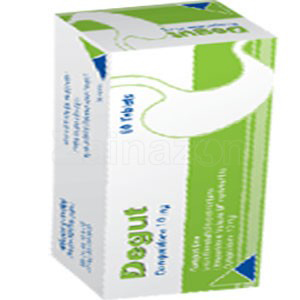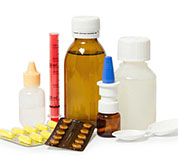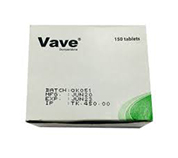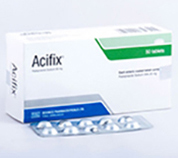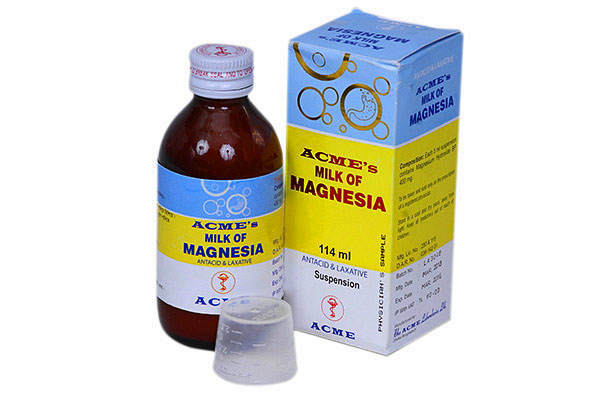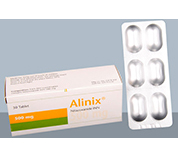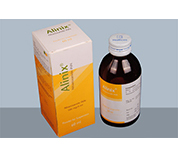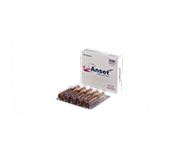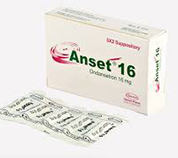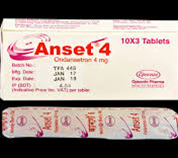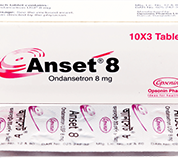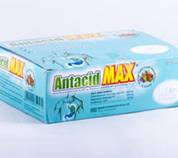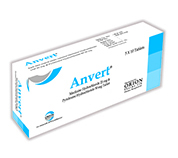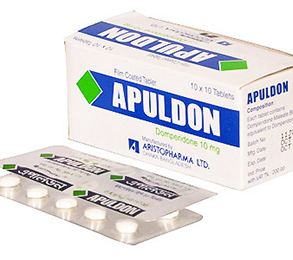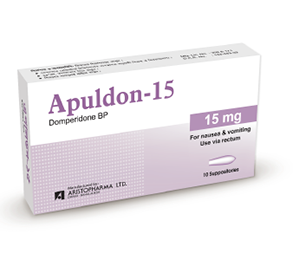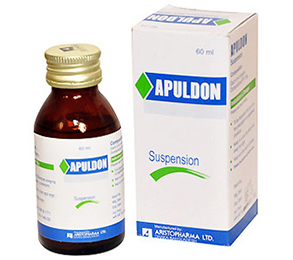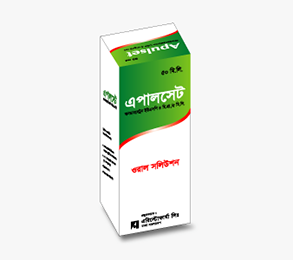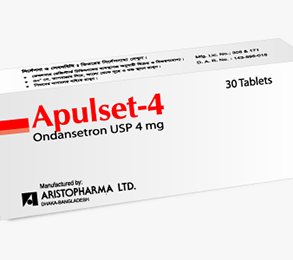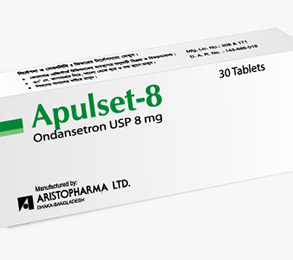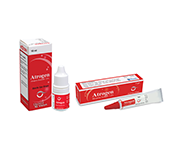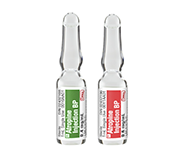Degut Tablet 10 mg 1 Pc
Alternative products
Domperidone Maleate
Indications
Dyspeptic symptom complex, often associated with delayed gastric emptying, gastroesophageal reflux and esophagitis:
- Epigastric sense of fullness, feeling of abdominal distension, upper abdominal pain
- Eructation, flatulence, early satiety
- Nausea and vomiting
- Heartburn with or without regurgitations of gastric contents in the mouth
- Non-ulcer dyspepsia
Acute nausea and vomiting of the functional, organic, infectious, dietetic origin or induced by radiotherapy or drug therapy or induced in migraine.
Parkinson's disease: In dopamine-agonist induced nausea and vomiting.
Radiological studies: Speeding barium transit in follow-through radiological studies.

Pharmacology
Domperidone is a dopamine antagonist that principally blocks the dopamine receptors located in the ChemoreceptorTrigger Zone (CTZ) and stomach. Its gastroprokinetic action is based on its blocking effect of dopamine receptors that have an influence on the motility of the gastrointestinal tract. Due to its weak penetration across the blood-brain barrier, Domperidone has almost no effect on the dopaminergic receptors in the brain, therefore, excluding psychotropic and neurologic side effects. Domperidone restores normal motility and tone of the upper gastrointestinal tract, facilitates gastric emptying, enhances antral and duodenal peristalsis and regulates contraction of the pylorus. Domperidone also increases esophageal peristalsis and lower esophageal sphincter pressure, and thus prevents regurgitation of gastric content.
Dosage & Administration
Domperidone should be taken 15-30 minutes before meals and, if necessary, before retiring.
The usual recommended oral dose of Domperidone is as follows:
- Adults: 10-20 mg (1-2 tablet or 10-20 ml suspension), every 6-8 hours daily. The maximum dose of Domperidone is 80 mg daily.
- Children: 2-4 ml suspension/10 kg body weight or 0.4-0.8 ml paediatric drops/10 kg body weight, every 6-8 hours daily.
In dyspeptic symptom:
- Adults: 10-20 mg (1-2 tablet or 10-20 ml suspension), every 6-8 hours daily.
- Children: 0.2-0.4 mg/kg (2-4 ml suspension/10 kg or 0.4-0.8 ml paediatric drops/10 kg) body weight, every 6-8 hours daily.
In acute and sub-acute conditions (mainly in acute nausea and vomiting):
- Adults: 20 mg (2 tablets or 20 ml suspension), every 6-8 hours daily
- Children: 0.2-0.4 mg/kg (2-4 ml suspension/10 kg or 0.4-0.8 ml paediatric drops/10 kg) body weight, every 6-8 hours daily. (In acute nausea and vomiting maximum period of treatment is 12 weeks).
By rectum in suppositories:
- Adults (including elderly): 30-60 mg every 4-8 hours.
- Children: The maximum daily dose rectally in children's is 30 mg for those weighting 10 to 25 kg. The dose may be divided throughout day if necessary.
- The maximum period of treatment is 12 weeks.
* চিকিৎসকের পরামর্শ মোতাবেক ঔষধ সেবন করুন'
Interaction
Domperidone may reduce the risk of hypoprolactemic effect of bromocriptine. The action of Domperidone on Gl function may be antagonized by antimuscarinics and opoid analgesics. Care should be exercised when domperidone is administered in combination with MAO (monoamine oxidase) inhibitors.
Contraindications
Domperidone is contraindicated to patients having known hypersensitivity to this drug and in the case of neonates. Domperidone should not be used whenever gastrointestinal stimulation might be dangerous i.e., gastrointestinal hemorrhage, mechanical obstruction or perforation. Also contraindicated in patients with prolactin releasing pituitary tumor (prolactinoma).
Side Effects
Domperidone may produce hyperprolactinemia (1.3%).This may result in galactorrhea, breast enlargement, and soreness and reduced libido. Dry mouth (1%), thirst, headache (1.2%), nervousness, drowsiness (0.4%), diarrhea (0.2%), skin rash and itching (0.1%) may occur during treatment with domperidone. Extra-pyramidal reactions are seen in 0.05% of patients in clinical studies.
Pregnancy & Lactation
The safety of domperidone has not been proven and it is therefore not recommended during pregnancy. Animal studies have not demonstrated the teratogenic effect in the fetus. Domperidone may precipitate galactorrhea and improve post-natal lactation. It is secreted in breast milk but in very small quantities insufficient to be considered harmful.
Precautions & Warnings
Domperidone should be used with absolute caution in the case of children because there may be an increased risk of extra-pyramidal reactions in young children because of an incompletely developed blood-brain barrier. Since domperidone is highly metabolized in liver, it should be used with caution in patient with hepatic impairment.
Overdose Effects
There are no reported cases of overdose.
Therapeutic Class
Motility Stimulants, Motility stimulants/Dopamine antagonist, Prokinetic drugs
Storage Conditions
Store below 30°C, Protected from light & moisture. Keep out of children's reach.
- Type Tablet
- Tag
- Morbi leo risus
- Porta ac consectetur ac
- Vestibulum at eros
